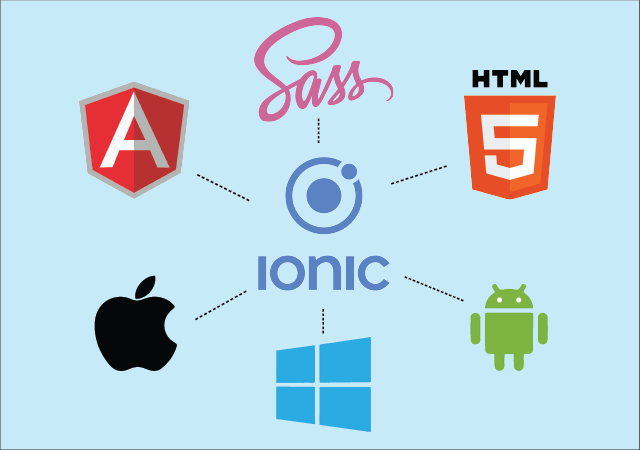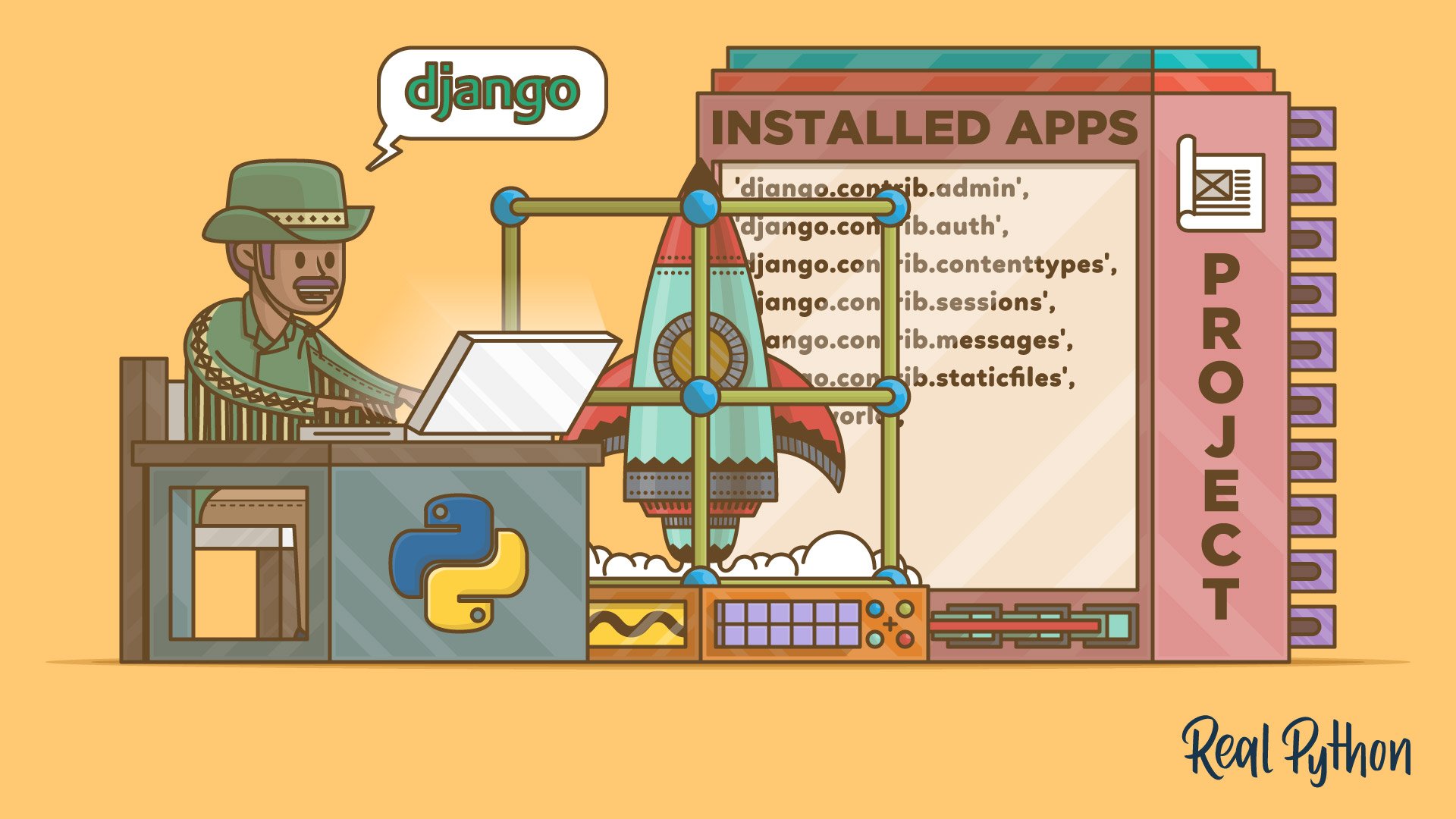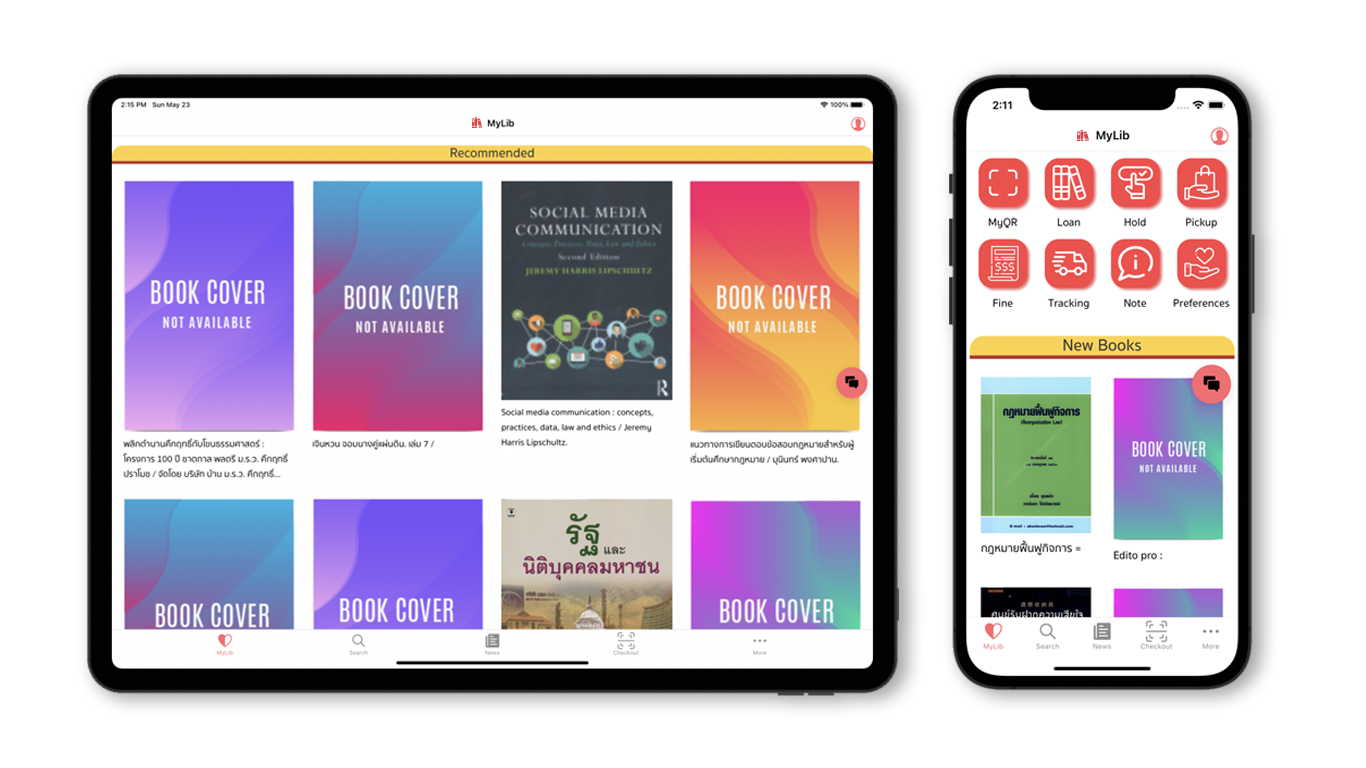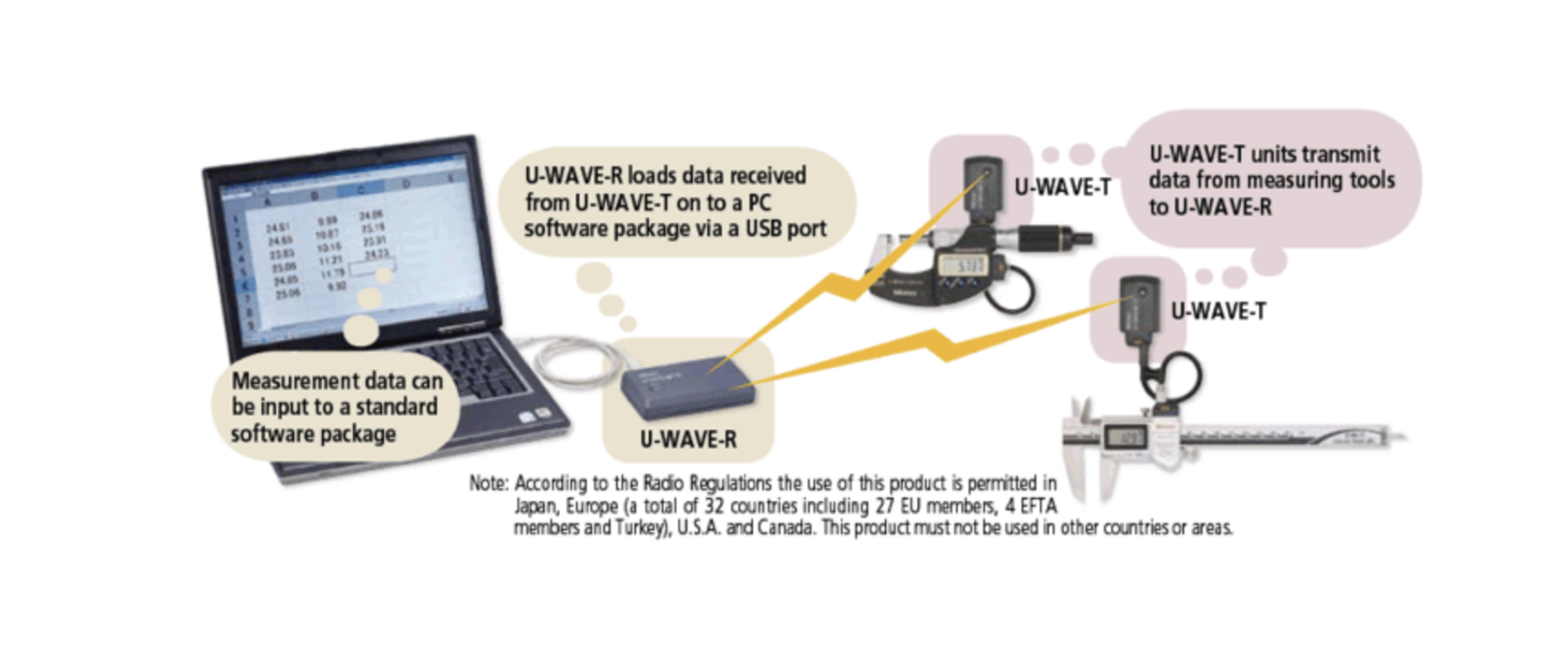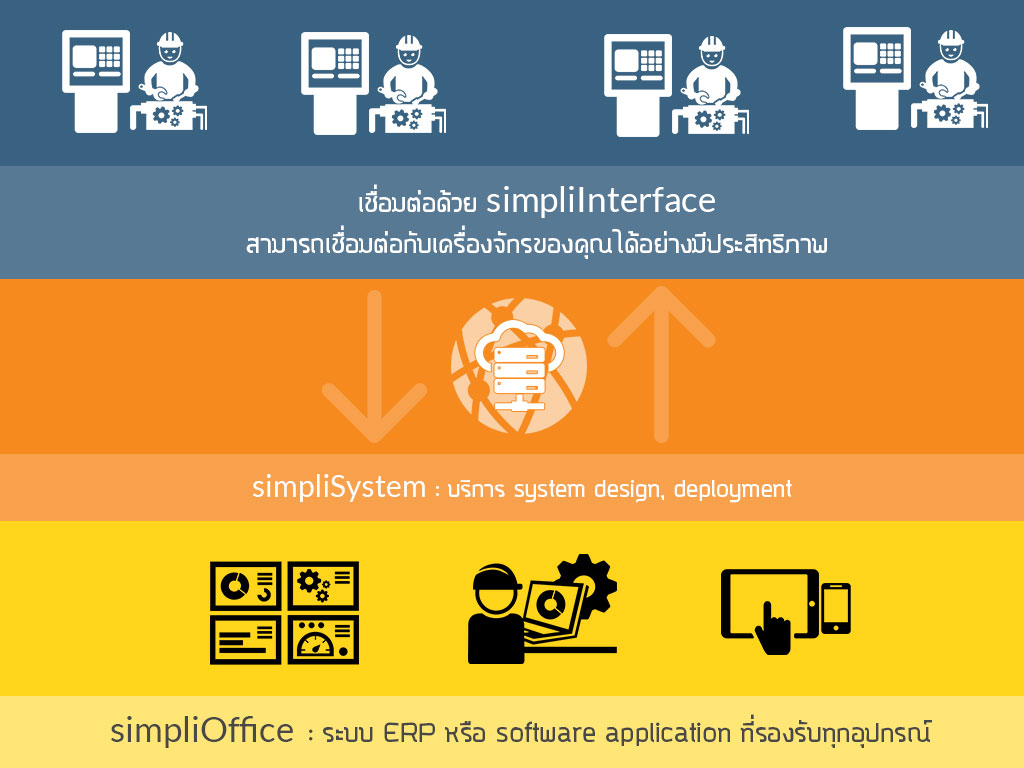Mastering Rasa Pipeline and Policies: A Guide to Building Smarter Chatbots
Rasa’s pipeline and policies are at the core of its ability to process user inputs, classify intents, extract entities, and determine the next best action. Whether you’re building a chatbot for customer support, a virtual assistant, or any conversational AI, understanding how these components work will help you design a smarter and more efficient bot.
In this blog post, we’ll break down the pipeline components, explain the role of policies, and include a visual Mermaid.js diagram to show how everything connects.
What is a Rasa Pipeline?
The Rasa pipeline is a sequence of components that processes user input and prepares it for intent classification and entity recognition. These components handle tokenization, feature extraction, and more, creating a structured representation of the text.
Think of the pipeline as a conveyor belt, where each component performs a specific task in the text processing workflow.
Key Components of the Pipeline
1.Tokenizer
- Breaks user input into smaller units (tokens) like words or characters.
- Critical for languages like Thai, which do not use spaces between words.
Example:
- name: "custom_components.thai_tokenizer.ThaiTokenizer"
model: "newmm"2.Featurizers
- Convert tokens into numerical representations (vectors).
- Example components:
CountVectorsFeaturizer: For word or character n-grams.RegexFeaturizer: For pattern-based features like phone numbers or dates.
Example:
- name: CountVectorsFeaturizer
analyzer: "char_wb"
min_ngram: 2
max_ngram: 43.Entity Extractors
- Extract structured data like names, locations, or dates.
- Example components:
DucklingEntityExtractor: Automatically detects dates, times, and numbers.RegexEntityExtractor: Captures entities using regex patterns.
Example:
- name: DucklingEntityExtractor
dimensions: ["time", "number"]4.Intent Classifier
- Identifies the intent of the user’s input and extracts entities simultaneously using the
DIETClassifier.
Example:
- name: DIETClassifier
epochs: 100
entity_recognition: True5.Fallback Mechanism
- Handles low-confidence predictions to avoid incorrect responses.
Example:
- name: FallbackClassifier
threshold: 0.3Policies: Controlling Dialogue Flow
While the pipeline processes user inputs, policies determine the bot's next action. They decide whether the bot should follow a rule, recall a predefined path, or generalize based on context.
Common Policies in Rasa
1.RulePolicy
- Handles predictable flows and FAQs.
Example:
- name: RulePolicy
core_fallback_threshold: 0.4
enable_fallback_prediction: True2.MemoizationPolicy
- Remembers exact conversation paths from training stories.
3.TEDPolicy
- Generalizes to predict the next action when the conversation deviates from training stories.
Example:
- name: TEDPolicy
max_history: 5
epochs: 1004.FallbackPolicy
- Triggers a fallback action when confidence is too low.
How It All Works: A Visual Representation
Below is a Mermaid.js diagram showing how the pipeline and policies interact to process user inputs and generate responses:
graph TD
A[User Input] -->|Raw Text| B[Tokenizer]
B -->|Tokens| C[Featurizers]
C -->|Features| D[Entity Extractors]
C -->|Features| E[Intent Classifier]
D -->|Entities| F[DIETClassifier]
E -->|Intent| F[DIETClassifier]
F -->|Predictions| G[Policy Decision]
G -->|Follows Rules| H[RulePolicy]
G -->|Known Paths| I[MemoizationPolicy]
G -->|Generalized| J[TEDPolicy]
G -->|Fallback| K[FallbackPolicy]
H --> L[Bot Action]
I --> L
J --> L
K --> L
L --> M[Bot Response]
%% Additional Notes
subgraph Rasa Pipeline
B
C
D
E
F
end
subgraph Rasa Policies
H
I
J
K
endExample: Building a Pipeline for Thai
Here’s an example pipeline tailored for the Thai language, which has unique tokenization and feature extraction requirements:
language: th
pipeline:
- name: "custom_components.thai_tokenizer.ThaiTokenizer"
model: "newmm"
- name: RegexFeaturizer
- name: CountVectorsFeaturizer
analyzer: "char_wb"
min_ngram: 2
max_ngram: 4
- name: DucklingEntityExtractor
dimensions: ["time", "number", "amount-of-money"]
- name: DIETClassifier
epochs: 100
entity_recognition: True
- name: FallbackClassifier
threshold: 0.3Tips for Optimization
1.Start Simple:
- Begin with essential components (e.g., tokenizer, featurizers, DIETClassifier).
- Add advanced features like
LanguageModelFeaturizeror custom components later.
2.Validate Data:
- Use
rasa data validateto catch inconsistencies in your training data.
3.Monitor Performance:
- Use
rasa testto evaluate the bot's performance and refine as needed.
Conclusion
Mastering Rasa’s pipeline and policies allows you to build a chatbot that processes user inputs efficiently and responds intelligently. By combining well-optimized pipelines with clear dialogue policies, you can create a bot that’s accurate, flexible, and tailored to your use case.
Whether you’re building for Thai or any other language, start simple, test iteratively, and refine your configurations to achieve the best results.
Let us know if you have any questions or need help with your pipeline! 😊
Feel free to share feedback or ask for more detailed examples.
Get in Touch with us
Related Posts
- AI Accelerators in Industrial AI Systems: Why Software Frameworks Matter More Than Chips
- 面向中国企业的系统开发:以 AI + 工作流安全集成电商与 ERP
- Global-Ready System Development for EC–ERP Integration with AI & Workflow
- 不可靠的“智能”系统所隐藏的真实成本
- The Hidden Cost of ‘Smart’ Systems That Don’t Work Reliably
- GPU vs LPU vs TPU:如何选择合适的 AI 加速器
- GPU vs LPU vs TPU: Choosing the Right AI Accelerator
- 什么是 LPU?面向中国企业的实践性解析与应用场景
- What Is an LPU? A Practical Introduction and Real‑World Applications
- 面向软件工程师的网络安全术语对照表
- Cybersecurity Terms Explained for Software Developers
- 现代网络安全监控与事件响应系统设计 基于 Wazuh、SOAR 与威胁情报的可落地架构实践
- Building a Modern Cybersecurity Monitoring & Response System. A Practical Architecture Using Wazuh, SOAR, and Threat Intelligence
- AI 时代的经典编程思想
- Classic Programming Concepts in the Age of AI
- SimpliPOSFlex. 面向真实作业现场的 POS 系统(中国市场版)
- SimpliPOSFlex. The POS Designed for Businesses Where Reality Matters
- 经典编程思维 —— 向 Kernighan & Pike 学习
- Classic Programming Thinking: What We Still Learn from Kernighan & Pike
- 在开始写代码之前:我们一定会先问客户的 5 个问题






